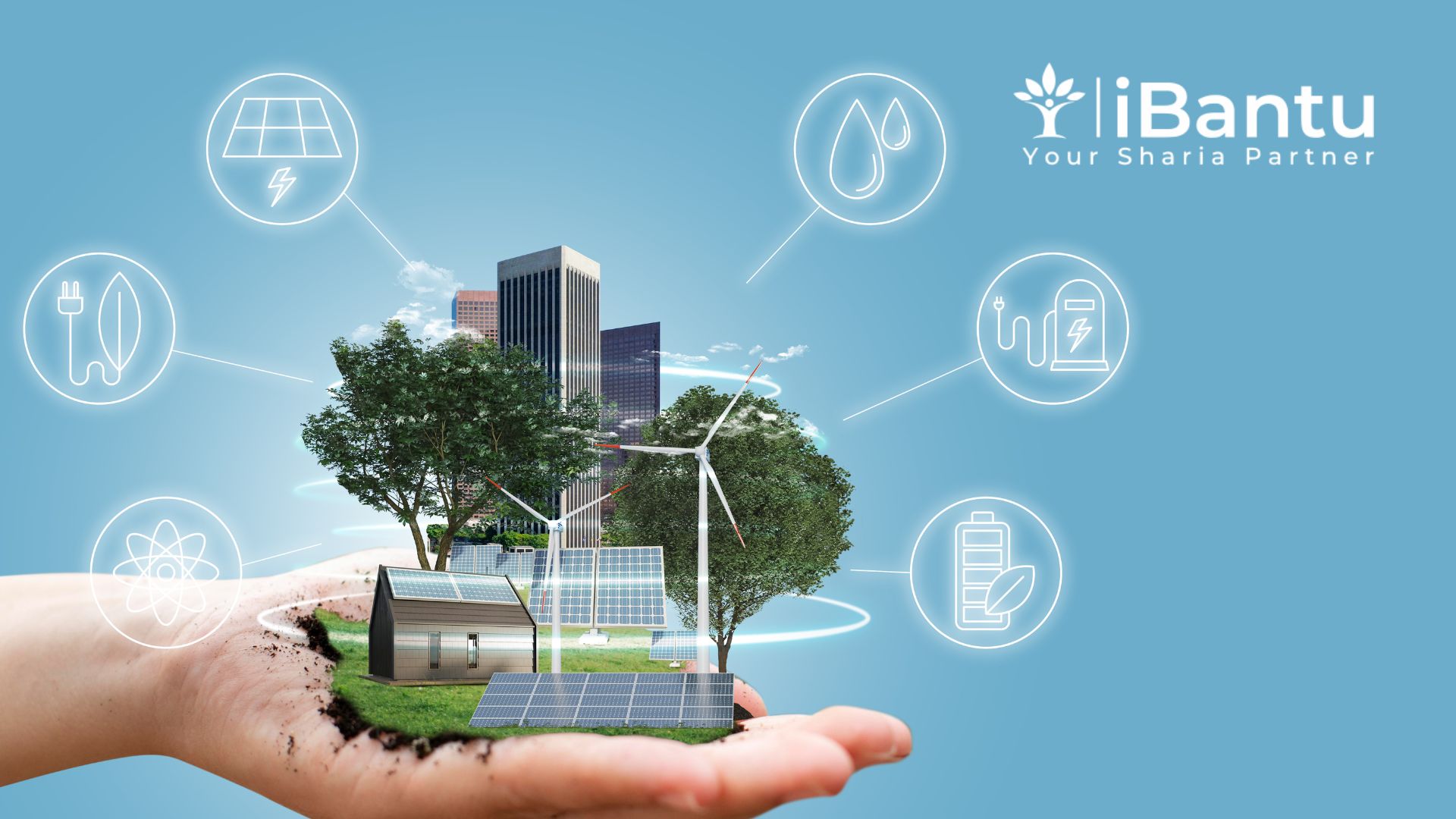A couple of months ago, fuel prices increased by about 30%. Long lines of cars and motorbikes snaked around gas stations as people filled up their vehicles with cheaper fuel before the increase took effect following the Indonesian government to reduce its subsidies. President Jokowi said the hike was the last option due to a tripling budget for energy subsidies. The country had jacked up its energy subsidy to 502 trillion rupiahs ($34 billion), triple the original budget, triggered by rising global oil and gas prices and a depreciating rupiah currency. Meanwhile, it is said by Finance Minister Sri Mulyani that if the price were not raised, the budget would have ballooned to 698 trillion rupiahs.
The movement has sparked protests from several groups, from students to laborers. The mass said the hike would affect the urban poor and workers the hardest. It is reasonable. Any hike in fuel prices would affect most goods and services as high-priced fuels add to the production and transportation cost of everything. At the same time, people were already stumbling from rising reasonable prices and the ongoing impact of the pandemic.
To cushion the effect of the fuel price increase and to help reduce poverty, it is said that the government would provide 12.4 trillion rupiahs in cash handouts for 20.6 million low-income families. Besides, some other budgets also will be spent on salary assistance to low-paid workers and transport cost subsidies, especially for motorcycle taxi drivers and fishermen.
However, some economists argue that the cash handout solutions only lessen the effect slightly, considering the amount is smaller than the inflation, which was projected to increase to 6.6%-6.8% by the end of the year. Even though the poverty rate decreased to 9.54% in March 2022 (from 9.71% in September 2021), economists argue that the hike in fuel prices will eventually lead to an increase in poverty. In this case, a group above the poverty line (vulnerable households) will not receive cash compensation. Thus without an increased income, their purchasing power will decrease, eventually leading them to fall into poverty.
Poverty is a complex societal issue. The hike in fuel prices might be only one of the many causes of poverty. A wide range of stakeholders has formulated strategies in order to eradicate poverty. At the global level, the United Nations established its SDGs framework to work on it. Among the strategies that interest many scholars and experts is impact investing. Impact investing is defined by the Global Impact Investing Network as an investment made to generate social and environmental impact alongside a financial return. How could it be potential as a way to reduce poverty?

Picture 1. Impact Investing Definition (modified by author)
In order to reduce poverty and address other social issues such as climate change and inequality, the United Nations estimated the investment need of USD 5 to 7 trillion per year to fulfill those SDGs targets by 2030. There is still a financial gap between current funding and its needs, indicating that the government alone will be brutal to fix this problem. Also, philanthropic funding can only cover a part of the total amount needed to meet such targets. The private sector, therefore, plays a crucial role in increasing investment.
Despite a financial return, impact investing intends to create positive impacts through several agendas, including poverty alleviation in developing countries, encouraging equality, lowering greenhouse emissions, and developing community-based enterprises. In these circumstances, impact investing aims to support businesses with products and services that generally empower households and society. An example of a successful project is M-Kopa, a solar-power home system that targets low incomes and rural households without electricity in Kenya, Tanzania, and Uganda. The company that applies a pay-as-you-go model has provided affordable solar energy to 750,000 households in Africa, resulting in annual savings of more than $130 per household in energy costs (M-Kopa, 2019). The government and private sectors should consider the hike in fuel prices as a starting point to think beyond the box—presenting impact investing as a strategic tool to address the issues. Of course, policies that favor lower-income communities are crucial to implementing. Meanwhile, long-term solutions should also be initiated as it will probably be a very long and challenging journey.
Recently, there was an oversupply of electricity in Indonesia which required PLN (the State Electricity Company) to increase energy consumption because the company has to continue to pay independent power producers for the energy purchases regardless of the amount sold. Following this issue, the government puts forward the idea of an electric stove and vehicle conversion program, which sparks protests among citizens too. This is not surprising considering the reason for the program as if the community must solve the state-owned company’s problem, which cannot be justified. Impact investing places great emphasis on having a positive impact on society. Therefore, a more precise and reasonable vision must be established and campaigned. In this case, converting electrical products should have a better goal, for instance, reducing carbon emissions.
The next question is how the government could bring the resources of private sector investment to bear on poverty problems. Firstly, one of the significant steps the government can take is to set the standard for measuring impact. It will guide the investment to have a well-targeted market in serving communities in need and maximizing the delivery of public goods. On the other hand, a government must build a regulatory framework that supports financial intermediaries. Many of its investors are wary of the risks and uncertainties. Therefore, encouraging them to be more aware of the process and result will help them to be more inclined toward social and environmental impacts. The government also should show active support by becoming a risk mitigator, co-investor, or market maker.
Secondly, governments could empower their public sectors to build investable opportunities and support social enterprises. In other words, the government also actively creates the demand for capital, not focusing only on its supply. This step will help shape the marketplace for impact investing and develop enterprises that focus on delivering public benefits. Hence, as a crucial stakeholder, they will set the terms on which impact investing is measured.
In the realm of Islamic finance, impact investing can be implemented within the corridor of Shariah rulings, such as the prohibition of Riba (including Maysir and excessive Gharar) and the prohibition of haram products. Moreover, Islamic finance and impact investing similarly share principles, such as their understanding of the relationship between business and society, including protecting the environment and preventing harm. Islamic and impact investors are after positive social or environmental impacts alongside financial returns. Accordingly, Islamic finance could be a non-traditional source of financing with global assets of USD 3.4 trillion in 2020 and an expected 8% annual growth rate until 2025. Blending these two concepts will create a promising approach to responding to poverty and fostering inclusive economic growth.
-
Damar Osmanhttps://ibantu.id/author/damar-osman/

